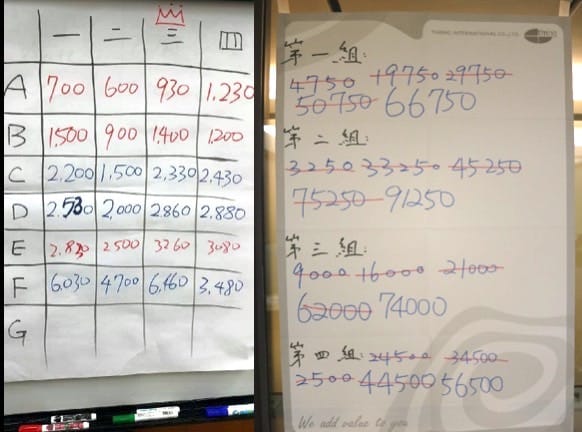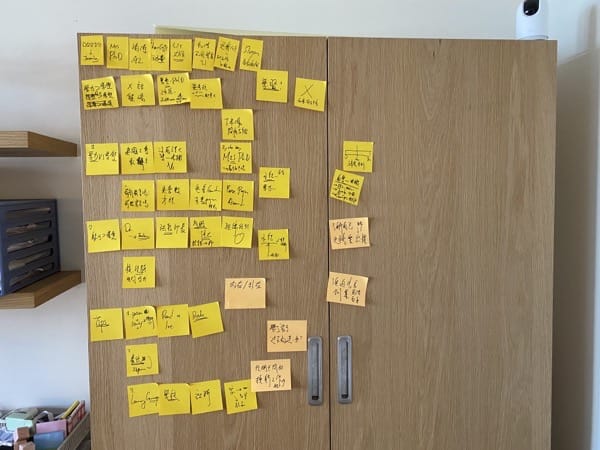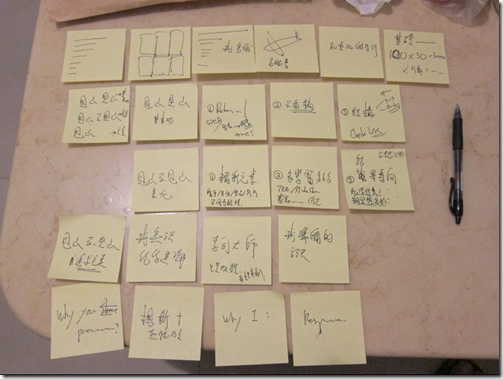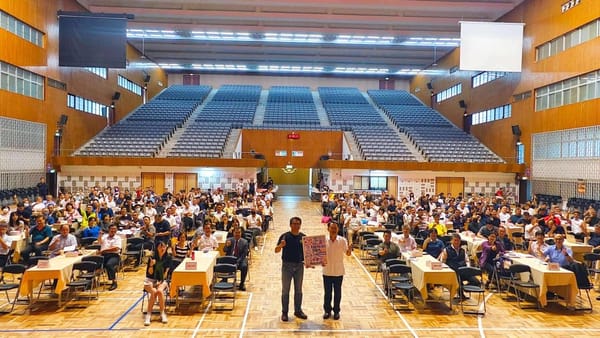PBL (3) Gamification- Point, Badge, leaderboard

The three essential elements of gamified teaching are: Points, Benefits, and Leader Boards. We have already discussed how to plan the points mechanism, encouraging teams through scoring and differentiating scores throughout the process, and linking it to the reward system. In this final article on gamified teaching, let's talk about the last element of gamification: the Leader Board!
Leader Board
Leader Boards are commonly seen in games, starting from old single-player games where your score would be compared to others' after each play session, determining your ranking. Some games even allowed you to enter your name using a joystick or keyboard (remember those days?). With the advent of online gaming, Leader Boards have become ubiquitous. For example, in the gamified application Nike+, Leader Boards are integrated with running distances. We often see friends competing against each other in rankings based on their running mileage in Nike+. In this example, running mileage is akin to accumulated points in class, reflecting the efforts made during the process. And when comparing these results with others, the relative value is determined, which is the purpose of a Leader Board!
However, don't assume that a Leader Board is merely about tallying scores and announcing rankings. To effectively implement a Leader Board, there are several important key points to consider!
Reflect instantly, Announced immediately
A common issue with Leader Boards is that scores are only calculated and rankings announced at the end of the last class. This approach wastes the motivational power of the Leader Board, and throughout the process, everyone remains unaware of their progress. Therefore, it's essential to continuously update the Leader Board during the process. My practice is to update it at the end of each class, summarizing the current scores of each team and displaying it on a large poster placed at the back of the classroom or another prominent location. This allows everyone to see the performance among teams.
Before starting each class, I also make a special mention of the current leading team and motivate everyone by emphasizing that it's a temporary lead. I remind them that there will be more challenging tasks ahead and opportunities to earn more points. I encourage them to work hard and give their best. By using the stimulus of rankings, we keep everyone motivated. Don't assume that the audience is not paying attention. When the team scores are posted after each class on the wall, you'll find that most learners are genuinely interested! They become more aware of their own team's performance and engagement.
Balance Competition and Reputation
Although the main purpose of leader board is to create the sense of competition, it is still important to take a balance between competition and reputation (This is definitely the key know-how!). Apart from the real-time updated Leader Board for each team after every class, there may also be practice sessions or competitions during the course where representatives from each team perform on stage, followed by an immediate voting and evaluation activity by everyone.
The design of the voting mechanism starts from the voting process itself. We adopt a closed-eye voting approach, which means that during the voting process, the instructor reminds everyone of the different teams that participated in the performance and provides feedback on each representative's recent performance. Then, everyone closes their eyes and casts their votes based on the performance. By voting with eyes closed, both the voters and the ones being voted on feel less pressure and are less likely to be influenced by others' votes. As a convention, we ask everyone to cast 3 votes, with one vote for themselves and the other two votes for other teams. Through this voting mechanism, the ranking of performance in the practice sessions is determined fairly.
When announcing the rankings, we only announce the top positions (e.g., in a case of 5 teams, only the top 3 are announced; in a case of 4 teams, only the top 2 are announced). The lower rankings are not disclosed. To put it simply, in our course, there is no last place, only the top 3 (or top 2). The purpose of gamifying the course is to motivate engagement without creating excessive pressure or making underperforming participants feel embarrassed. Therefore, by deliberately not disclosing the lower rankings, we preserve face for the learners. This approach instills a sense of comfort and willingness to participate in subsequent competitions within the gamified environment. Regardless of whether their performance is outstanding or not, there will always be rewards. We aim to create a safe gamified learning environment. This is why our learners willingly participate in the gamified challenges of the course and strive to perform well in different practice sessions. It may be an important key to their engagement!
Balance Opportunities and Fairness
If you carefully implement gamification in your course, you will notice that as the day progresses, the gaps between teams start to widen. Some teams may feel that even if they put in more effort, they have no chance of winning, which might lead to a lack of engagement. Therefore, we always meticulously plan the scoring mechanism, ensuring that as the course progresses, there are opportunities to earn more points. For example, let's say that during a class, the scores we observe are as follows: Team 1 - 80,000 points, Team 2 - 72,000 points, Team 3 - 68,000 points, Team 4 - 60,000 points, Team 5 - 53,000 points. In the final competition, the scores might be allocated as 50,000/40,000/30,000/20,000/10,000 respectively. I would explain to the leading and trailing teams specifically: If the trailing team achieves first place in the final competition, their score would be 53,000 + 50,000 = 103,000. On the other hand, if the leading team drops to fourth place in the final competition, their score would be 80,000 + 20,000 = 100,000. This indicates that the trailing team has a chance to surpass the leading team if they perform well in the final competition, while the leading team must maintain a top-three position to secure their lead. If they drop to fourth place, they could be overtaken. This scoring mechanism ensures that "everyone has hope, but no one is guaranteed," and it maintains the effectiveness of gamification until the final competition.
However, it's important to note that we don't encourage making the scores in the final competition excessively high. Using the example mentioned above, if we intentionally set the score for the first place in the final competition to be 1 million! Everyone would think, "Well, we just need to win that round, and the rest is just for show, right?" Therefore, we still plan the scoring mechanism carefully, striving to balance opportunities and fairness. We take gamification seriously with the goal of motivating learners, rather than playing with them! (Okay, maybe I'm being a bit too serious here, haha!)
Conclusion
Originally, I thought I could cover gamification in one article, but it turned out that each of the three elements of gamification in P.B.L. (Points, Benefit, Leader Board) deserved its own article! This also indicates that although playing games is inherent to human nature, extracting game elements and applying them to non-game environments requires considerable effort and planning, with many details to consider. This includes methods of scoring, designing score ranges, differentiating scoring based on performance, designing rewards, allocating quantities of rewards, distinguishing individual and team rewards, updating leader boards, considering competition and prestige, and ultimately balancing opportunities and fairness. All of these require time and accumulated experience to seamlessly integrate gamification into the course, allowing learners to feel like they're playing a game while engaging in competition and learning.
Lastly, it is worth reiterating: the core of gamified courses is still the learners' education! Gamification is merely a means to motivate learners and maintain their focus. Teachers should continuously evaluate whether their current gamification design truly helps learners improve their learning. How can they operate it to continually enhance learning outcomes? Keeping the focus on learning objectives and achievements is the key to gamification.
If you are interested in "Teaching Techniques" and related courses offered by Xianfu Education, please fill out the following course priority notification form to stay updated on the latest course offerings (so you won't miss out on enrollment! And don't worry, we won't send out promotional content unless necessary.).




